The archipelago of Andaman and Nicobar islands experiences three distinct seasons. The summers, monsoons and the winters. The summers and winters are good for visiting the islands as the temperatures are always mild and never extreme, being moulded down by the pleasant effects of the sea breezes. But the monsoon season gets a bit tricky when the rains lash and the waves get unruly. Since most of Andaman tourism is based on ocean transfers to gorgeous and remote islands and the main attraction of Andaman visit lies in the joys incurred from the adventurous and thrilling beach activities along with the leisurely swimming or long solitary walks along the beaches where the waves foam and froth gently on the sparkling white sands mosaiced by the remains of the shells and sea creatures that are washed along, monsoon process to be a dampener.
Suggested Read: Best time to Visit Andaman and Sea walk in Andaman
You can also check our Andaman Holiday Packages
Monsoon Months Not the Ideal Season
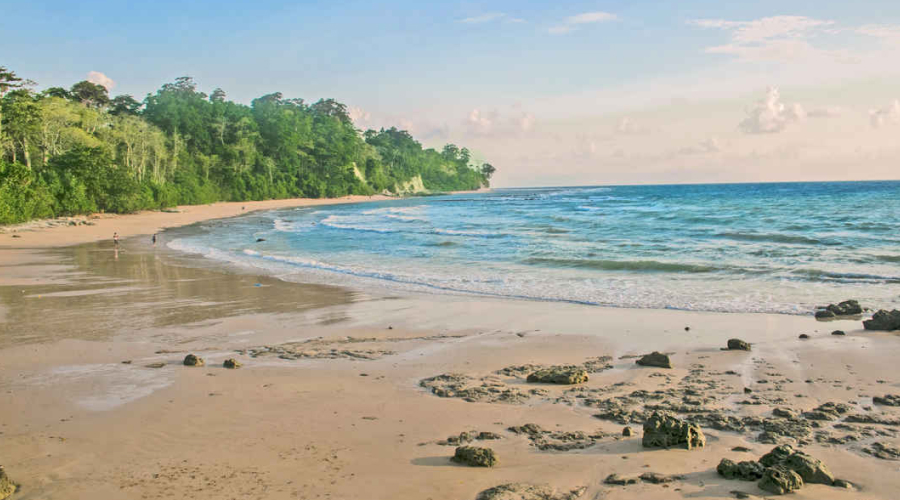
The monsoon months give rise to thrashing rainfall that raises giant waves on the ocean surface. The heavy downpours are often accompanied by thunder and lightning. The Andaman Islands being in the tropical region, typically experience heavy rainfall and rough seas during the rains and this condition lasts from May to September. This period is not counted as ideal for visitors due to frequent downpours, strong winds with the possibility of cyclones. These weather conditions interfere with the travel plans, water activities and sightseeing. Thus it is often considered the worst time to visit the Andaman Islands.
The Andaman Islands, are a stunning group of islands nestled in the Bay of Bengal. These islands boast of breath-taking natural beauty, rich biodiversity and a unique habitat that is distinguished from the entire outside world. Due to the remoteness of the islands, they have been able to preserve their innate culture and distinct harmony with nature. The priceless bond of the indigenous people with the wilderness all around is something to be experienced by a beautiful tour of Andaman. However, despite its year-round allure, there are times when visiting this paradise might not be as suitable due to various reasons that are primarily concerned about the weather conditions and their impact on travel experiences.
When considering the worst time or the most unconventional time to visit the Andaman Islands, one period stands out: the monsoon season, which typically spans from May to September. During these months, the islands experience heightened rainfall, choppy seas and often inclement weather. Let’s dive into the factors that gave rise to this off-peak season of Andaman travels.
Unpredictable Weather Conditions
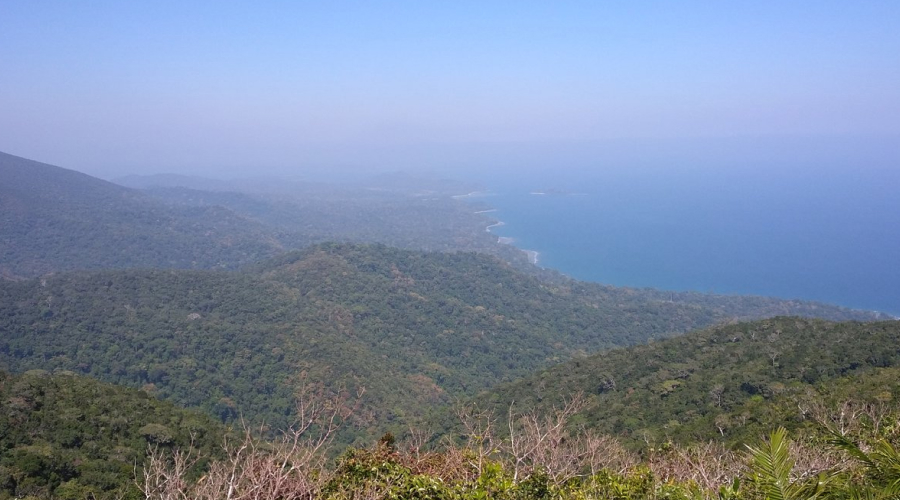
Monsoon in the Andamans brings a more than moderate amount of rainfall that starts from May onwards. June and July are usually the wettest months. Torrential downpour occurs frequently, leading to waterlogged areas, muddy trails and that puts a sad restriction to all kinds of outdoor activities.
Rough Seas and Occasional Storms
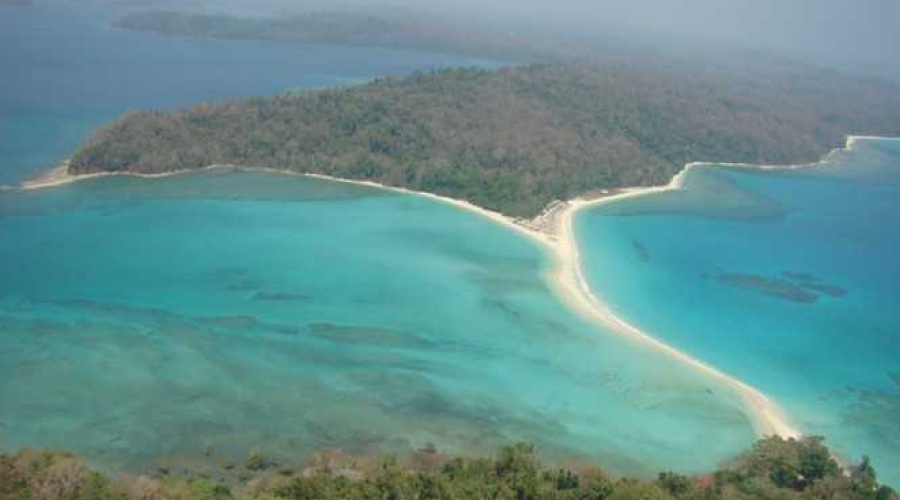
The seas around the Andaman Islands become turbulent during the monsoon. This roughness affects ferry services operating between islands, making inter-island travel unpredictable or even impossible at times. Storms and cyclones are not uncommon during this season, posing safety risks for travellers. Andaman is all about island hopping to have the flavours of the distinct cultures and environment of each island.
Limited Visibility and Rough Seas for Restricted Water Activities
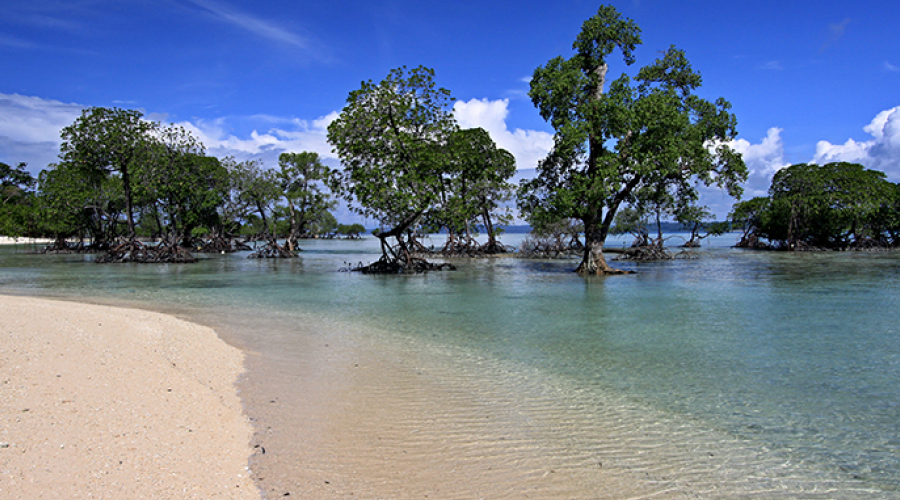
The heavy rainfall and rough seas make snorkelling, scuba diving and other water-related activities challenging and sometimes unsafe. Reduced visibility underwater diminishes the experience of exploring the vibrant marine life that the Andamans are known for. The water activities remain suspended in lieu of the safety of the visitors. Thus one major attraction of visiting Andaman and Nicobar for a vacation being the thrill gathered from water sports, visitors will have some disappointment in that front. Also, Port Blair is the capital and has the Veer Savarkar International Airport. So once you land there, you need to cover the local sightseeing spots and would be eager to move to the adjoining islands for a feel of the sea, sand, solitude, sun, seclusion and the scintillating beauty of the nature all around. But with ferry services disrupted, you shall be bound to the Port Blair Island and would not have much bandwidth to explore Andaman as a whole.
Disrupted Travel Plans With Flight Delays and Cancellations
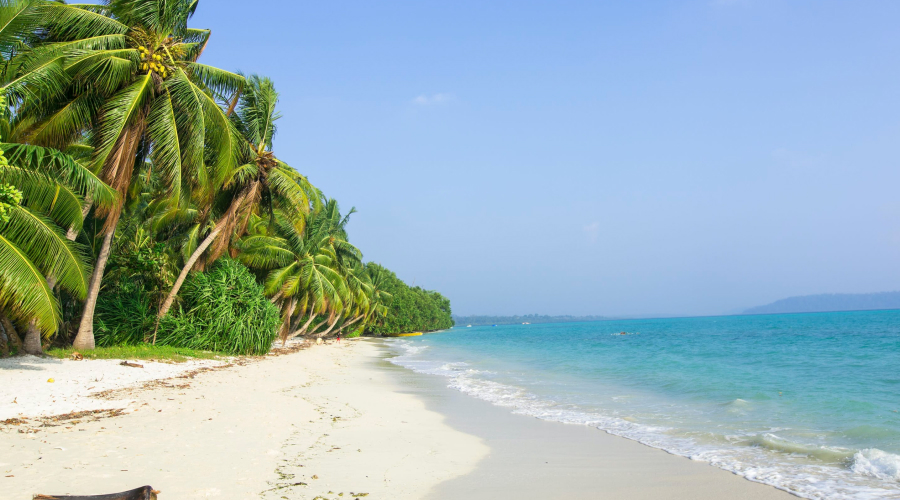
In the worst case scenario, even the flights to and from Port Blair (which is the only connecting point by air with the outside world) connecting to the mainland can be affected by the adverse weather conditions. Delays and cancellations are common, potentially disrupting travel plans and causing inconvenience to visitors. Ships connecting via the archipelago via waterways would definitely be impacted due to rough seas in monsoon.
Restricted Accessibility to Attractions
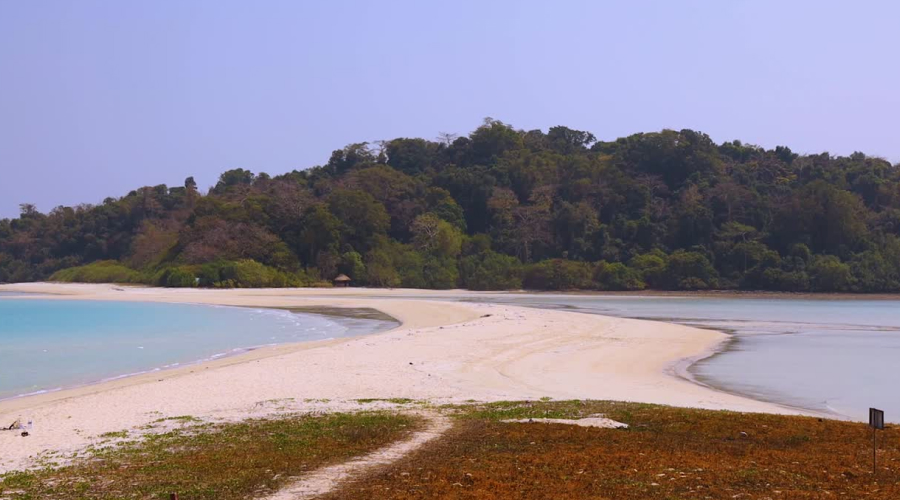
The stormy weather might limit access to various attractions and natural wonders. For example all activities along the beaches and waterfront are restricted or abandoned. Moreover the trekking trails might get slippery and unsafe. Beach outings such as games or candlelight dinners in the evenings and island hopping are curtailed due to rough seas and unfavourable conditions. The beach shacks might not operate as they don’t see many tourists to have a successful business.
Limited Outdoor Exploration
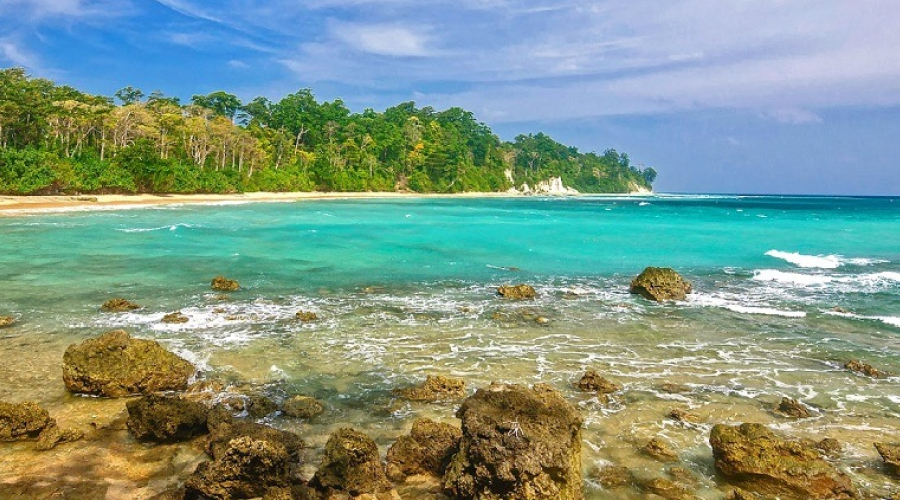
The continuous rainfall and adverse weather conditions might bring outdoor activities and exploration to a minimum. Travelers who seek to immerse themselves in the natural beauty of the islands might find their plans hindered by the incessant rains. The feel of the vegetation all around and the wildlife that thrives might not be enjoyed freely due to rains. Also wet ground, mud and slush make walking and exploring on foot difficult.
Accommodation and Services
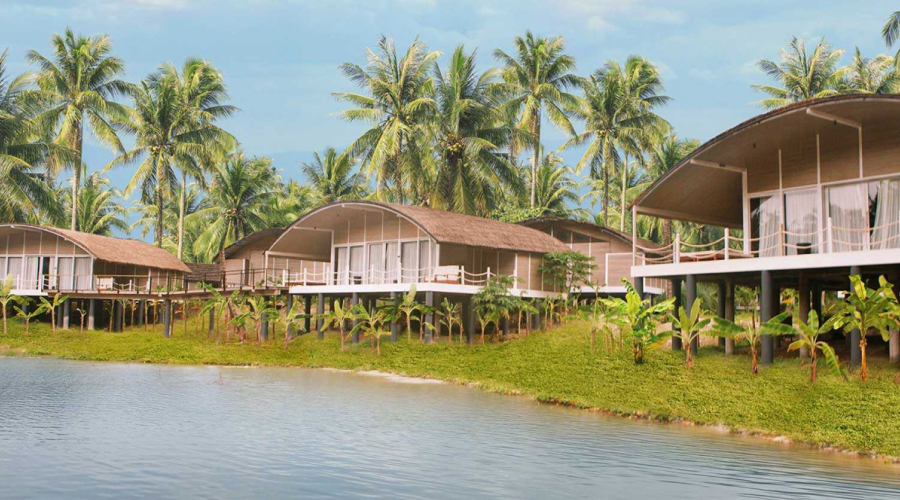
While some travellers might find fewer crowds during the monsoon season and be excited about getting good deals on stays and flights, it is essential to note that certain accommodations, restaurants and services might operate on reduced schedules or might even close down temporarily due to fewer tourists and business that is not quite viable.
Whether to Go to Andaman in Monsoon
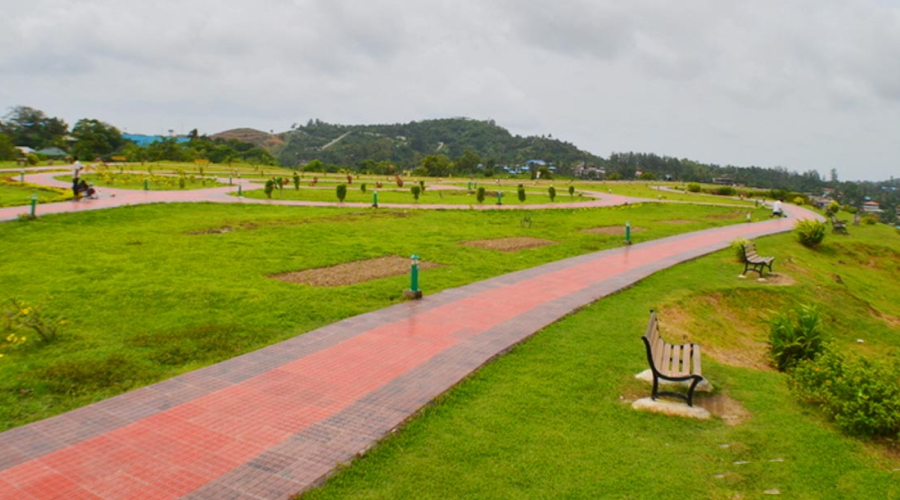
Thus we can safely conclude that while the Andaman Islands are a year-round destination offering unique experiences, the monsoon season from May to September presents climatic challenges that significantly affect the overall travel experience. Visitors during this period might encounter limited accessibility to attractions, disruptions in travel plans, and unfavourable weather conditions, impacting their ability to explore and enjoy the islands to the fullest.
However, despite these drawbacks, some travellers seeking solitude, lush green landscapes and a quieter ambiance might find the monsoon season an opportunity to experience a different side of the Andamans. It is important to weigh the pros and cons and consider personal preferences when planning a visit to these beautiful islands during monsoons to ensure a memorable, hassle-free and enjoyable experience.

